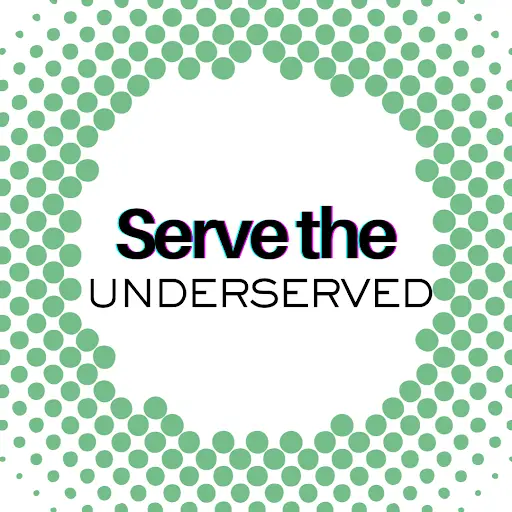How We Serve
Our organization has transformed the mindset and skillset of thousands of teachers, administrators, and informal educators into practitioners of culturally and linguistically responsive teaching and learning.
The aim is accomplished through three broad strands of development: professional development, school/district development, and community development. With these three strands, we inform all stakeholders, concretely and practically, in what it means to be culturally responsive. We influence institutional policies and practices and we inspire changes in behaviors – individually and institutionally.
The Importance of Validating and Affirming
We Serve the Underserved
We define the underserved as those who have not found success – academically, socially or behaviorally – in the context of school or any other cultural dynamic such as on a job or in a professional setting and the institution is not validating and affirming to who they are culturally and/or linguistically

Validate and Affirm (VA)—make culturally and linguistically legitimate and positive, that which has been illegitimate and negative by the institution of education and mainstream media; understanding the complexity of culture and the many forms it takes (including age, gender, and social class), which will then create opportunities for making meaningful experiences in school.
- Validation — the intentional and purposeful legitimization of the home culture and language of students
- Affirmation — the intentional and purposeful effort to reverse the negative stereotypes of non-mainstream cultures and languages portrayed in historical perspective
Build and Bridge (BB)—the cultural knowledge that needs to be developed and connected to academic use, within the school context, after students’ cultures have been validated and affirmed
- Building—understanding and recognizing the cultural and linguistic behaviors of students and using those behaviors to foster rapport and relationships with them
- Bridging—providing the academic and social skills students will need to have success beyond the classroom; evident when students demonstrate they can navigate school and mainstream culture successfully
The explicit validation and affirmation of your students, around their cultural behaviors, is the key to CLR. VA-ing your students triggers the building and bridging and by extension, your students buy-in to being situationally appropriate. Your VA has to be intentional and purposeful, consistent and authentic, and proactive and reactive (i.e., using teachable moments). When do your students have the opportunity to be who they are in the instructional context? BeYou is the acronym that I share with teachers to actively encourage their students to view their cultural and linguistic behaviors as assets and not liabilities, in school.
BeYou, as a concept, is a challenge to us all to ensure that students can be who they are at school. It is a direct rebuttal to the often used SLANT protocol (Sit up tall, Listen, Ask questions, Nod your head, and Track the teacher) that has become ubiquitous in schools. Note that there are many variations of SLANT. We want students to BeYou (VA) and to SLANT (BB) situationally. As it stands now, the use of SLANT is imbalanced when looking through a CLR lens. Its overemphasis on the alignment with school cultural behaviors and expectations can be limiting or detrimental to efforts to embrace students’ home cultures. BeYou is not meant to counter efforts to build and bridge toward situational appropriateness; it is intended to create more structured opportunities at school for students to be themselves culturally and linguistically.
Voices of Our CLR Educators
“Your messages were highly captivating. Your discourse on linguistics taken from a cultural perspective was refreshing, I have not heard topic discussion on language presented in such a manner before that resonated well. Mr Hollie, thank you for your mind and your steadfast insights to reshaping and refocusing our lens when addressing culture. I am inspired.”
— Philestena McLeod, AGATA Resource Centre , Scarborough, Canada
"I saw students come alive, smile, laugh, and enjoy my math class. Before using these strategies, I felt like I was teaching/talking to myself. Class was long, boring and I (and the students) were frustrated. I know where my students are academically because I am listening to them talk, think, collaborate, and create more."
- Elementary School Teacher
“This day could not have been possible without your dedication and commitment to the important work around equity and I can not thank you enough for sharing your time during such a busy time of year in our field.”
— Cheryl-Marie A. Manson, Van Buren Intermediate School District, Lawrence, MI

